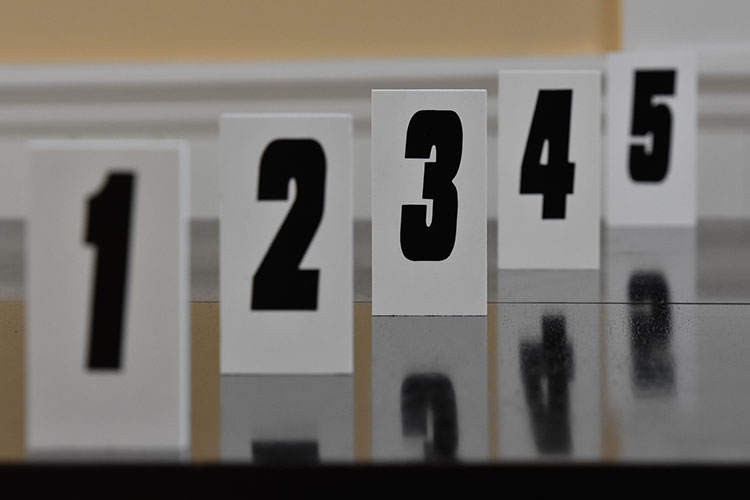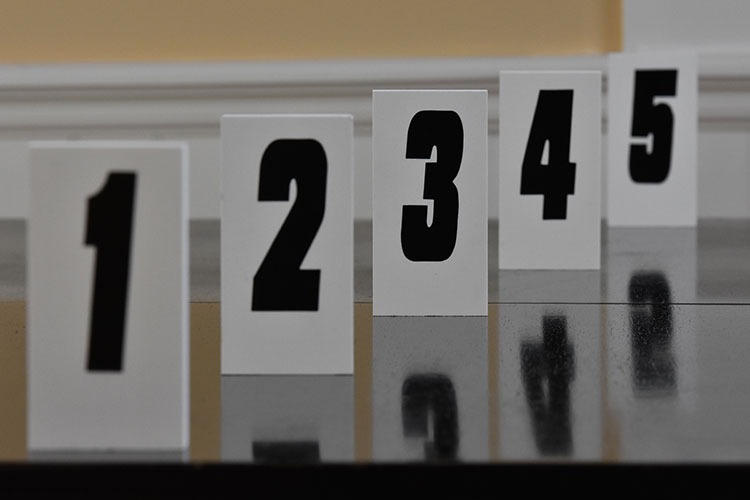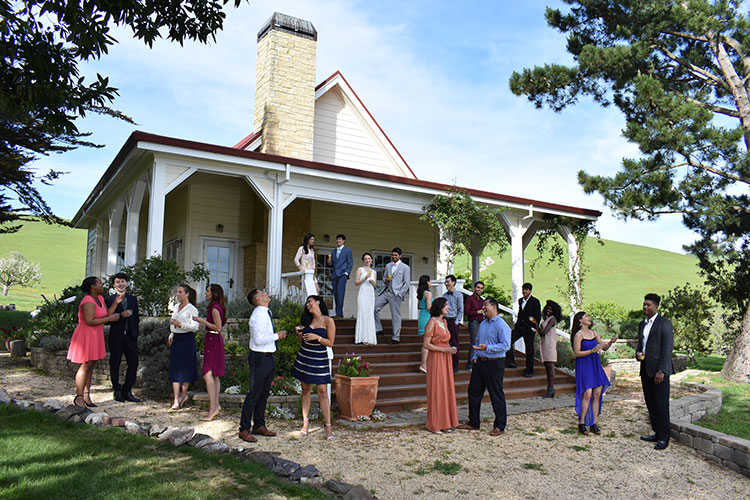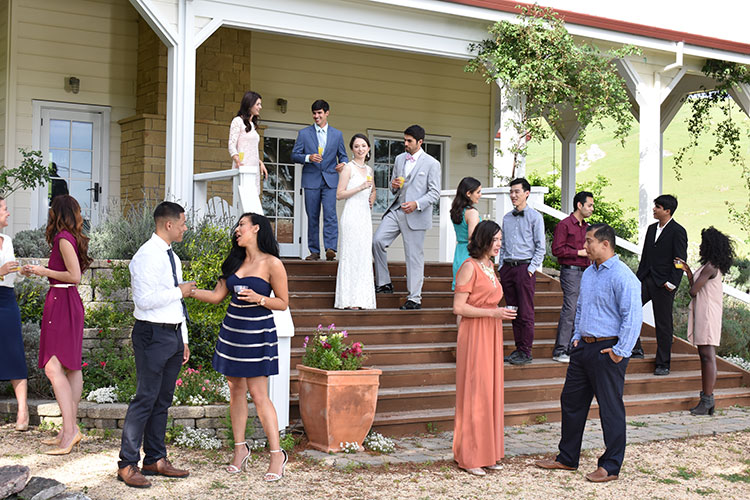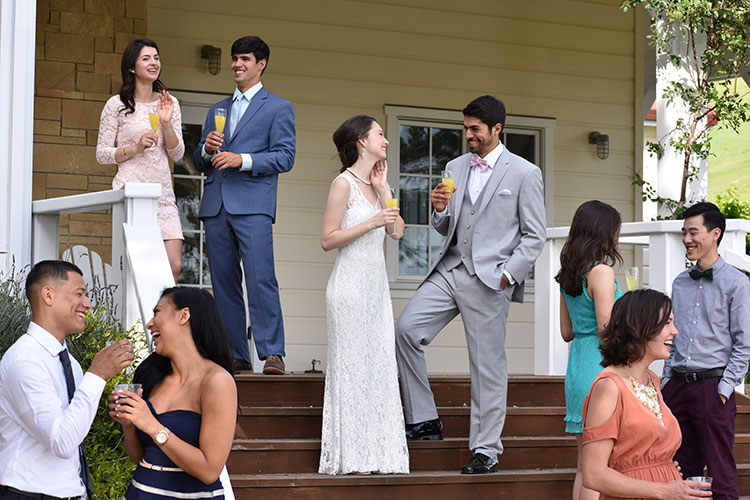Optical Masterpieces: DSLR Camera Lenses
Watch the Nikkor MovieSee your world through renowned Nikkor DSLR lenses
Nikkor lenses are born from a tradition of elite craftsmanship and a pursuit of optical perfection 90 years in the making. The highest attention to detail is paid to every aspect of every lens that bears the name Nikkor.
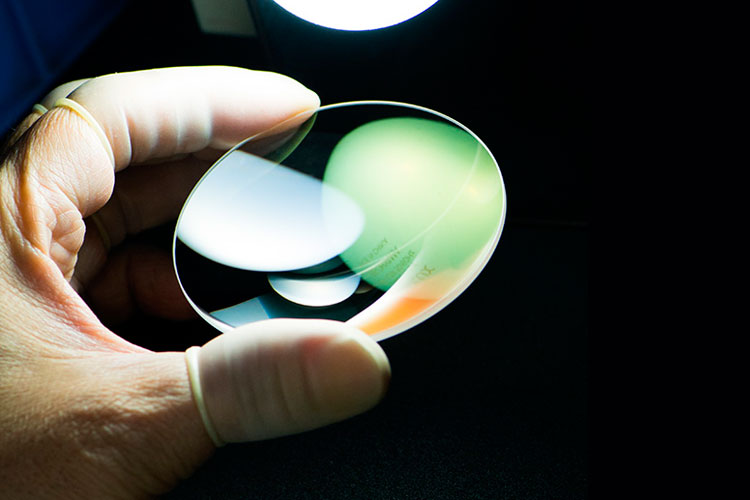
90 years of excellence
Through every era of imaging, Nikkor’s commitment to integrity, reliability and outstanding craftsmanship has never wavered.

State-of-the-art technology
Nikkor lenses employ the world’s most advanced optical technologies to push the potential of lenses to unprecedented heights.
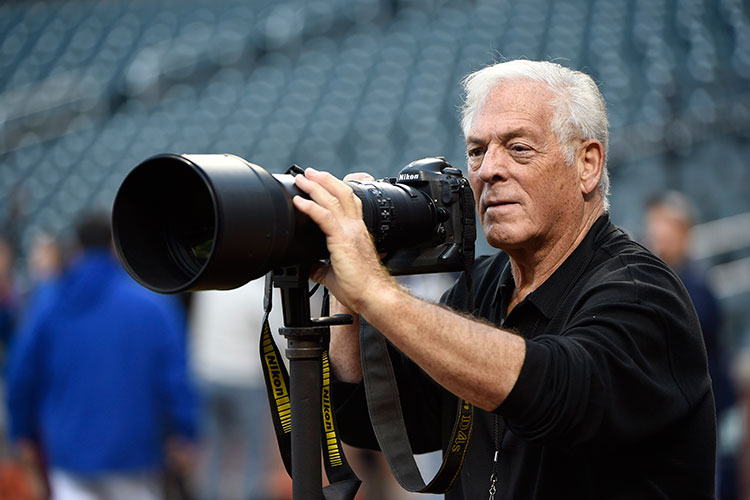
The choice of professionals
The world’s most renowned photographers trust Nikkor lenses for their superior performance and reliability in the field.
Nikkor lenses for every subject
A great camera is only as good as the lens you’ve chosen. Unlock your creative vision and your camera’s full potential with over 90 Nikkor lenses–each optimized to deliver stunning results across a variety of applications.
Understanding DSLR Lens Basics

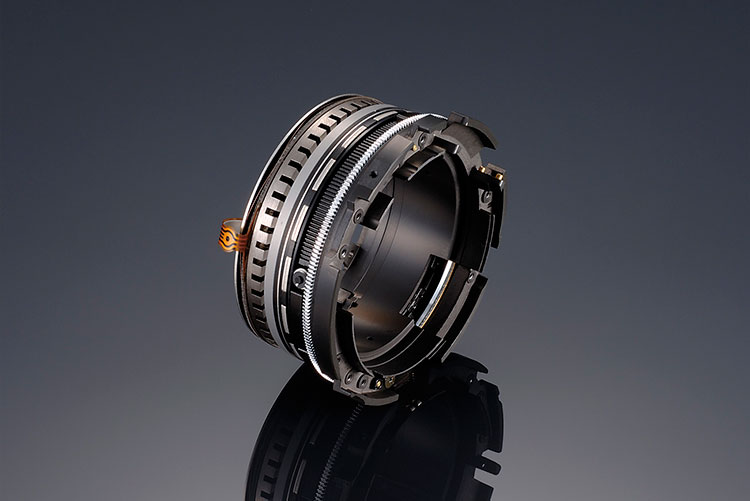
Lens Technology
Find out what goes into making world-renowned Nikkor lenses.
Learn About Nikkor Technologies

